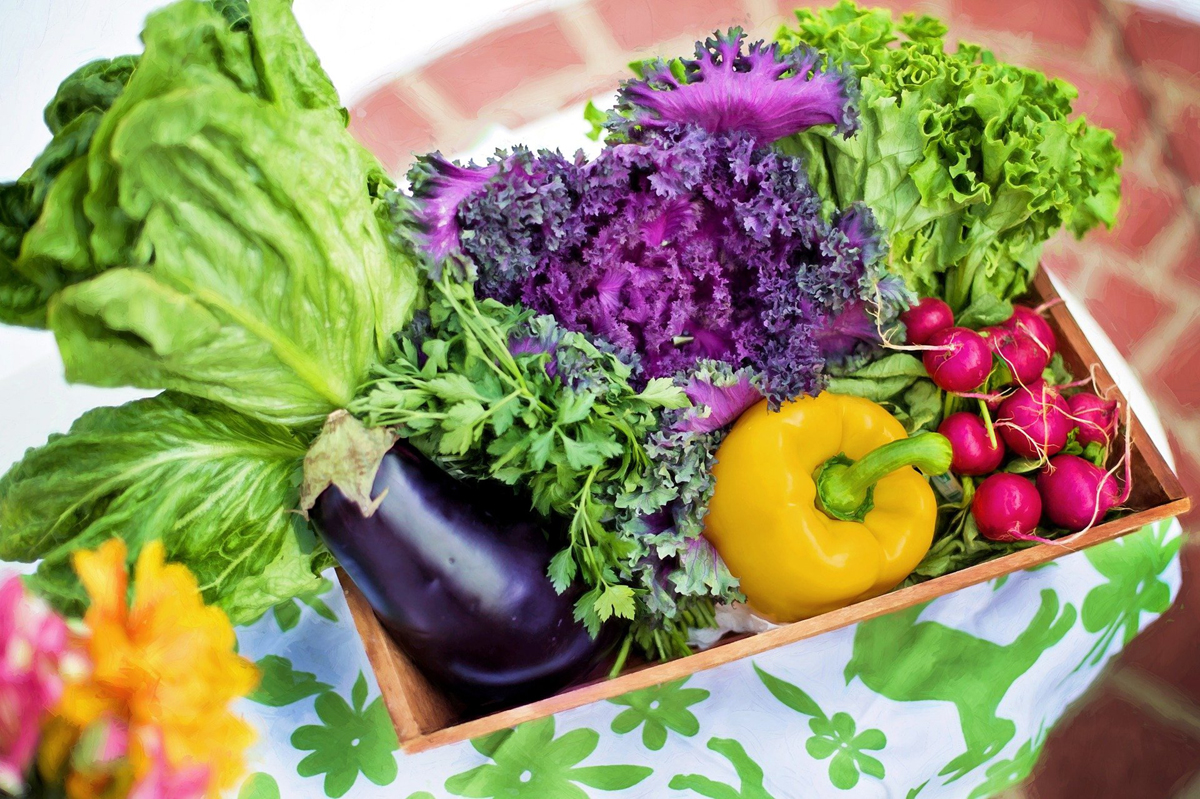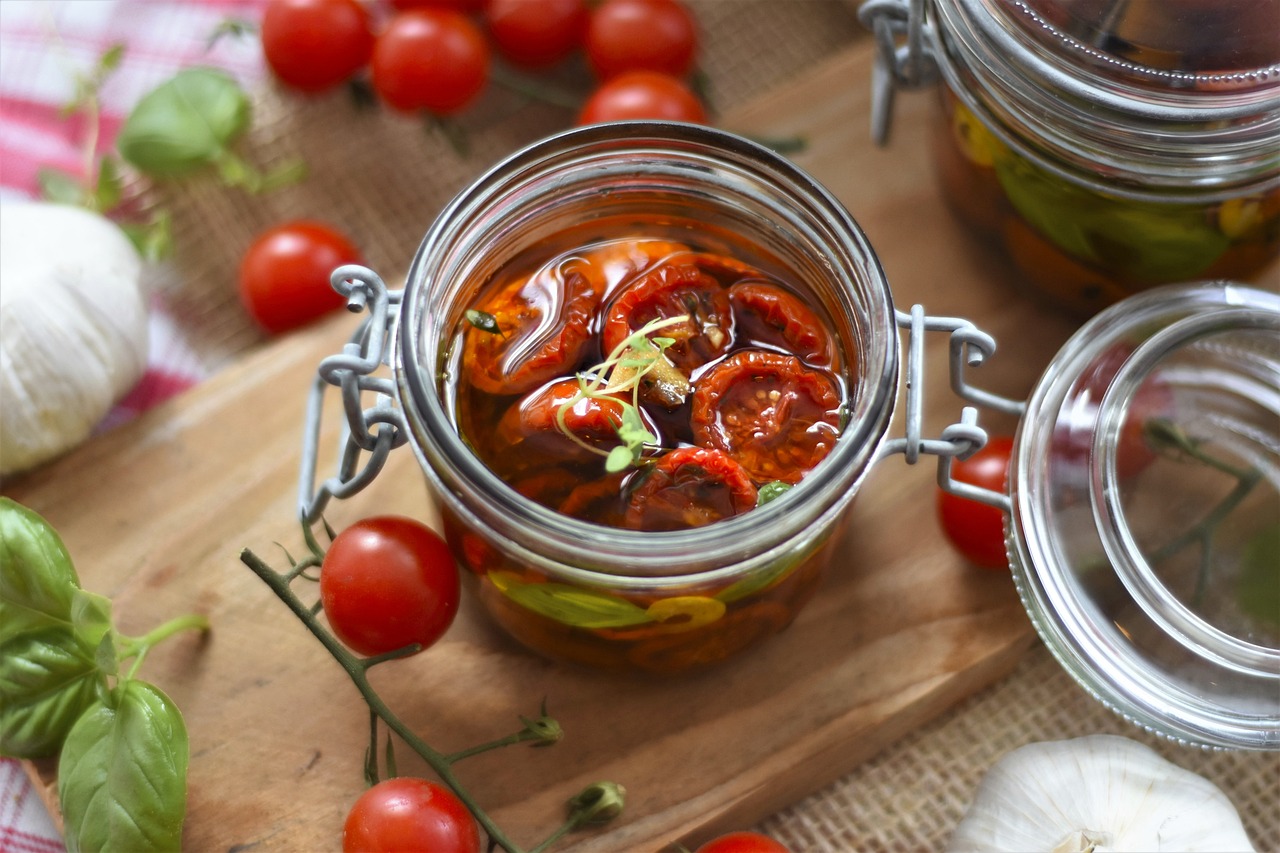How to Keep Vegetables Fresh

No one likes to taste a red, juicy tomato when it has a mushy spot on it or to have a salad made with brown, wilted lettuce! It is essential to keep vegetables fresh in order to retain the key nutrients in each vegetable, and to ensure a ripe, crunchy bite every time. It was Ben Franklin who said “waste not, want not”, if you want to avoid wasting vegetables and keep them crisp and full of flavor there are many things you can do, here are a few suggestions:
Firstly it is important to note that there are three temperature zones in the refrigerator:
The ‘humid zone‘ is the bottom area with the crisper drawers, which keeps a humid environment to help keep produce fresher, but it can accelerate spoilage if the humidity is too high. Some refrigerators have vents to regulate the humidity.
The ‘moderate zone‘ is the middle and bottom shelves, closer to the front.
The ‘cold zone‘ is the top and middle shelves, closer to the back. Here the temperature can dip below 34F.
Check vegetables regularly for signs of mold or rot and remove any that are bad. Keep mushrooms in a brown paper bag with the top closed slightly. Keep eggplant, onions and squash on a counter or shelf, they don’t do well in the cold. Keep them in a covered container. Put an apple in the bag with potatoes and store them in a cool, dry place, this will keep them from rotting too quickly.
Put green leafy vegetables, such as lettuce, in plastic bags and put a moist paper towel in the bag to retain freshness and absorb excess moisture. Put vegetables with the same storage guidelines together. For instance green onions, lettuce and spinach require lower humidity and should be kept in one area of the refrigerator, while asparagus, cauliflower, and celery should be stored in a crisper drawer.
Refrigerated Fresh Vegetables
Cauliflower, broccoli and Brussels sprouts keep well in plastic storage bags in the refrigerator. They will stay fresh for up to five days. Cabbage unwashed, uncut and wrapped in plastic will last up to 10 days.
Turnips, carrots and beets do well in the fridge in perforated plastic bags. Remove the leafy tops because they will draw moisture out of the root. The holes allow air to flow without letting moisture escape. These should last up to two weeks.
Wash vegetables just before you are ready to use them, this will help to keep down bacterial growth.
Vegetables like cucumber, beans and artichokes do well in plastic in the fridge. Peppers should be stored in a paper bag in the bottom crisper drawer.
Non-Refrigerated Vegetables
Corn on the cob is the only vegetable that should not be stored at all, it should be husked and eaten the day it is picked. If that’s not possible, blanch it for two minutes and cool it with cold water and store it in a plastic bag in the fridge. The freshness will last for two or three days.
Keep tomatoes at room temperature and away from direct sunlight, they should keep for three or four days. Wrap sliced tomato in plastic and keep in the fridge.
A hanging basket is perfect for onions, whereas a dark place is best for garlic.
The Author:
Mark Gold has more than 27 years of experience in the Food and Beverage Industry. He has written numerous articles on foods and food preservation.
Photo.
Source: Ab









To the reader looking for ideas for spinach…….we love spinach at our house….I buy organic baby spinach……..saute garlic in olive oil, add fresh baby spinach and saute for just a few minutes, at this point I add butter and salt. Cook till wilted. Cook pasta till done, then add about 1/4 to 1/3 of the salted water fromthe pasta. I take a pasta fork and lift the pasta out and put it directly into the spinach, continue to do this till the pasta is all removed from the water. Angel hair works really well with this. Add your parm or romano. Delicious!!